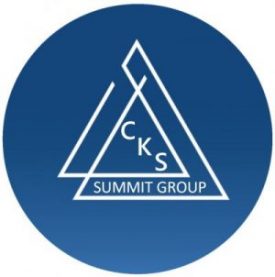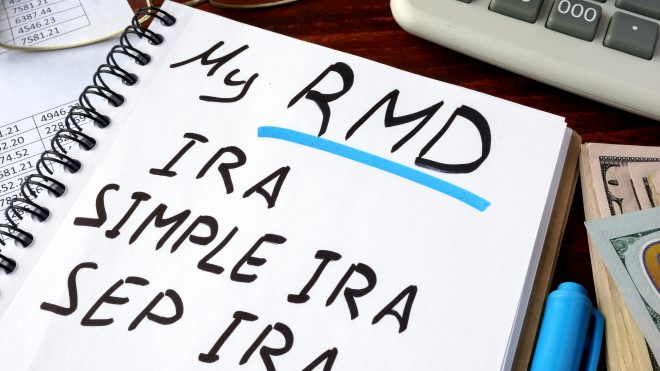Required Minimum Distributions (RMDs) are an important part of your financial landscape in retirement. Here’s the basics of what you need to know as you approach retirement.
When planning for retirement, most people plan on their savings lasting about 20 years, which is the length of the average retirement. But if you’re planning on your finances lasting longer than that, you need to understand the rules for the RMD on your individual retirement accounts. Here’s everything you need to know about the RMD.
What are RMDs?
RMD stands for Required Minimum Distribution. This is the annual amount that eligible individuals must withdraw from their qualified retirement accounts and must begin withdrawing from these accounts by April 1 following the year they reach age 70 1/2. The retiree must then withdraw the RMD amount each subsequent year based on the current RMD calculation.
Why does the government have RMDs?
The government has RMDs on individual retirement accounts (IRAs) to make sure they get their share. These rules are in place to ensure that investors don’t build up a sizable tax-free retirement fund and then leave it as an inheritance to their children or other family members. Doing this would allow heirs to avoid paying the inheritance tax. At a certain point, retirees have to take out a particular portion of their funds every single year.
What accounts does the RMD apply to?
The RMD applies to almost any type of tax-deferred retirement account, including:
- Rollover Individual Retirement Accounts (IRAs)
- Traditional IRAs
- SEP IRAs
- Almost all 401(k) and 403(b) accounts
Since you fund a Roth IRA with money, you have paid income taxes on, this type of account is not affected by an RMD.
Calculating your RMD
For most taxpayers, the RMD calculation is fairly simple. Using this IRS worksheet, divide your account balance on December 31 of the previous year by your distribution factor, based on your age on your birthday during the calendar year of distribution. If your sole beneficiary is a spouse who’s more than 10 years younger than you, you may base your RMD on joint and survivor life expectancy, which affords a longer payout period.
RMDs are not required to be taken in cash, something that’s good news especially for people with a self-directed IRA. An RMD can be taken out as what’s called “in kind” or, as stocks, real estate, or some other investment. This rule is an essential point for account holders who don’t plan to spend their retirement money.
When Must I Take My RMD?
Individuals must begin withdrawing from these accounts by April 1 following the year they reach age 70 1/2. You can withdraw more than your RMD, but higher withdrawals deplete your retirement savings more quickly, and may increase your tax burden. Anyone who doesn’t take an RMD is required to fill out a Form 5329 (the Additional Taxes on Qualified Plans Including IRAs and Other Tax-favored Accounts form) and pay a 50% tax on the amount they were supposed to take.
Final Thoughts
Unfortunately you can’t hold onto to your tax deferred retirement savings forever. There comes a time when you have to start taking mandatory distributions from certain retirement accounts even if you don’t need the money. Instead of seeing this process as a burden, think of it as a way to ensure you’re putting that money to good use to enjoy healthy and happy retirement years for yourself and your loved ones.
If you’re still unsure of whether you fully understand RMDs or if your allocations are right, check out CKS Summit Group’s White Paper on the topic here.
CKS Summit Group is Here for You
CKS Summit Group is a retirement income planning firm headquartered in Clinton Township, Michigan with clients throughout the United States. CKS Summit Group Celebrating 20 years.
The CKS difference is we design plans which are specifically structured to limit downside stock market risk. This allows us to protect our client’s assets while providing them with strategies for achieving effective tax reduction and inflation protection. Get in touch here today and receive a complimentary strategy session.



